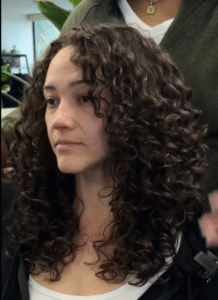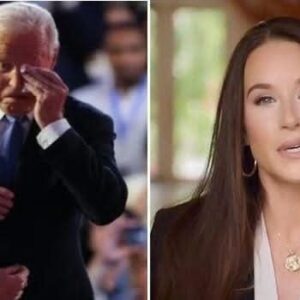Curly hair is distinctive, radiant, and full of energy. Yet for many years, people with natural spirals often felt they had to change or hide them. Society’s beauty standards pushed straight hair as the “ideal,” and curls were labeled unprofessional, messy, or difficult. Countless individuals turned to heat tools, relaxers, and chemical treatments, sacrificing health and confidence in the process. But today, curly hair transformation is changing everything. Spirals are being celebrated for what they are—crowns of individuality and pride.
The foundation of this change lies in proper care. Curly hair has a different structure than straight strands, making it more prone to dryness and breakage. Oils from the scalp can’t travel evenly down the bends and twists, leaving ends fragile. For years, harsh shampoos stripped away even more moisture. Now, the focus is on hydration. Sulfate-free cleansers maintain balance, conditioners restore softness, and deep masks rebuild strength. Natural oils like coconut, argan, and jojoba have become essentials, sealing in shine and protecting delicate curls.
Styling has been reimagined too. Instead of trying to force curls into submission, people are embracing techniques that highlight their natural shape. Finger-coiling defines spirals, twist-outs add texture, and plopping keeps frizz at bay. Diffusing on low heat creates volume without damage, while curl creams and lightweight gels offer hold without stiffness. Protective styles such as braids and buns give curls both a break and a stylish alternative. These methods prove that curls, when nurtured, can look polished, professional, and vibrant.
But perhaps the most powerful transformation has been cultural. Social media platforms have given curly-haired voices a global stage. Tutorials, product recommendations, and inspiring before-and-after photos flood feeds, encouraging millions to begin their own curly journeys. Representation in film, fashion, and advertising has reinforced this shift. Where curls were once hidden or straightened for cameras, they are now proudly displayed. Seeing models, actors, and leaders embrace their natural texture has inspired people of all ages to do the same.
For many, the emotional journey has been just as meaningful as the physical transformation. People who once dreaded their hair now describe wearing their curls as empowering. What used to feel like a burden now feels like freedom. Parents are passing down these lessons to children, ensuring future generations grow up loving, not hiding, their texture. The cycle of insecurity is being broken, replaced by confidence and pride.
Ultimately, curly hair transformation is more than just hair care—it’s a movement of self-acceptance. It’s about rejecting outdated beauty standards and celebrating what makes us unique. Every curl tells a story of resilience, identity, and authenticity.
When cared for with love and worn with confidence, curls become more than hair. They become radiant crowns—symbols of strength, pride, and beauty that shine across every culture, age, and walk of life.





